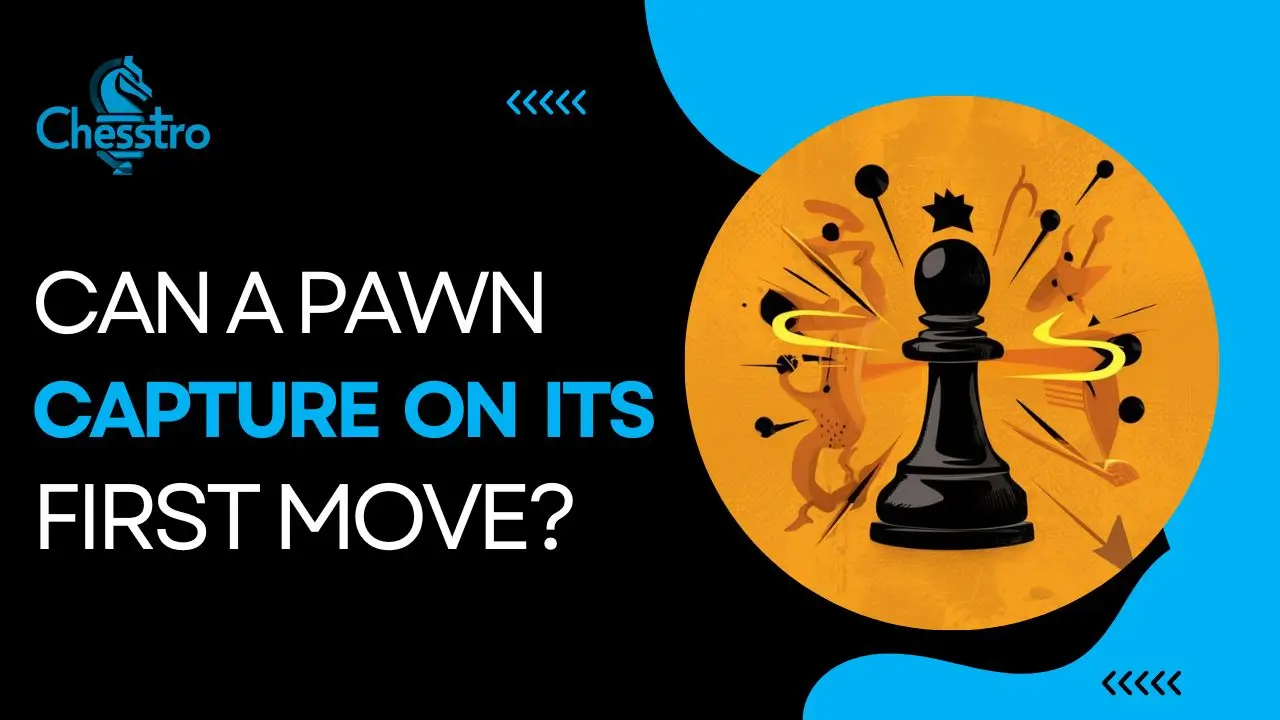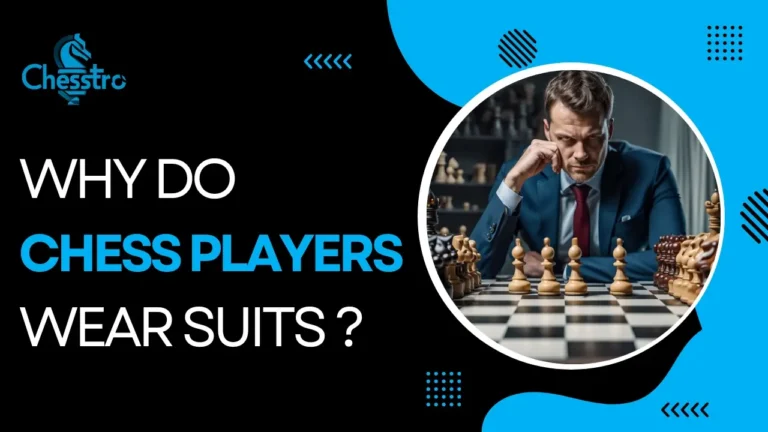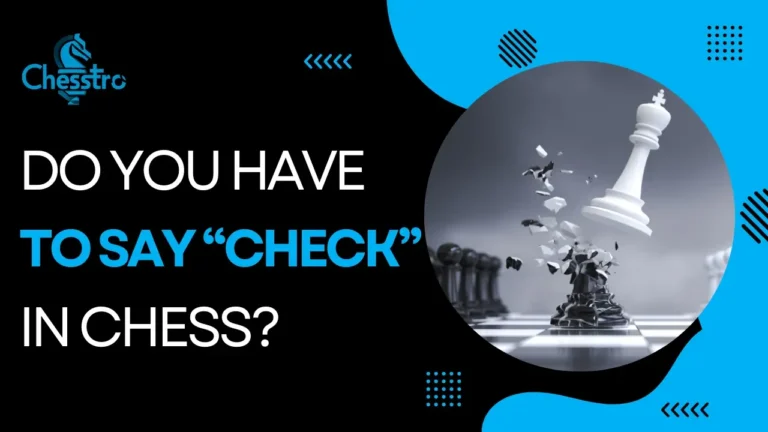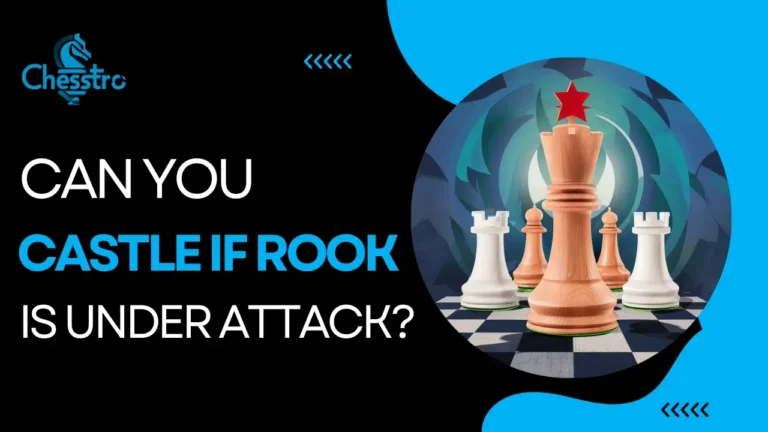Can A Pawn Capture On Its First Move? Unravel the Truth 2024
Can A Pawn Capture On Its First Move? In the intricate game of chess, every piece has its own set of rules and limitations. Amongst them, the humble pawn often falls into the spotlight due to its unique characteristics. As beginners embark on their chess journey, a common question arises:
For your Information!
The pawn, although the least valuable piece in chess, is pivotal to the game’s strategy with its ability to morph into any other piece upon reaching the opponent’s end of the board.
Can A Pawn Capture On Its First Move? The pawn can’t capture on its first move because the opponent’s pieces are still in their positions, too far away to capture. However, a pawn can certainly capture on its first move, regardless of whether it is at the beginning, middle, or end of the game.
You can also learn more about Why are some chess boards green?
| Question | Answer |
|---|---|
| Can A Pawn Capture On Its First Move? | No, a pawn can’t capture on its first move because enemy pieces are still in their places. But it can capture anytime after. |
| How Do Pawns Move And Capture In Chess? | Pawns move forward one square, but on the first move, they can go two squares. They capture diagonally. En passant is a special move for capturing. Pawns move and capture differently, adding strategy to chess. |
| Can A Pawn Move Forward Without Capturing? | Yes, pawns can move forward without capturing. They can go one square ahead without capturing. On the first move, they can move two squares forward. But they can’t capture on the square they move to. |
| Can A Pawn Capture Another Pawn On Its First Move? | No, pawns can’t capture pawns on their first move. They can only capture diagonally, not straight ahead. This rule makes pawn moves more strategic. |
| Strategic Significance of Pawn Captures | Pawn captures control the center, affect pawn structure, give material advantage, open lines for other pieces, and prevent pawn promotion. Make captures wisely, considering the game’s overall position. |
How Do Pawns Move And Capture In Chess?
The simple movement of pawns along each file is always one square forward. However, their first move enables them to go ahead with two squares. This could be a tactical benefit because it aids in managing the board’s center and creating other pieces.
Pawns move differently from how they are captured. Only pieces that are one square diagonally in front of them can be captured. This increases the risk and complexity of capturing with pawns, necessitating considerable thought before making such a move.

You can also learn more about Why is f2 weak in chess?
En passant is another unique rule for pawns; it is used when an opponent pushes their pawn two squares forward from its initial position and lands next to a player’s pawn.
The player then has the opportunity to capture the opposing pawn as if it had only moved one square forward. Overall, understanding the movement and capturing capabilities of pawns is fundamental to formulating strong chess strategies.
Can A Pawn Move Forward Without Capturing?
A pawn’s ability to advance across the board is unique. However, the circumstance and the particular game rules in effect at that time will determine whether or not a piece can advance without being captured.
Pawns can often advance one square forward, but they cannot capture an enemy piece that is on that tile. We refer to this as a non-capturing motion. A pawn also has the potential to move two squares forward without being captured, but only on its first move.

You can also learn more about Can You Castle If Rook Is Under Attack?
The exception to this rule is when there are no pieces in the way. A pawn can no longer travel two squares forward in a single turn once it has passed the starting squares.
It is worth noting that pawns are unique in their movement. They must move forward on the board. Their ability to move forward only adds strategic depth to the game of chess, creating opportunities for intricate maneuvers and decisive captures.
You can also learn more about Where are the chess hustlers
Can A Pawn Capture Another Pawn On Its First Move?
No, a pawn cannot capture another pawn on its first move. According to the rules of chess, a pawn can only capture a piece that is situated diagonally in front of it, not directly in front.

This means that on its first move, a pawn can only move forward one or two squares, but it cannot take another pawn that may be on an adjacent file. This limitation is a fundamental aspect of the game, as it creates a strategic element where players must carefully consider their pawn movements to gain positional advantage.
You can also learn more about What is the 20-40-40 rule in Chess?
Strategic Significance of Pawn Captures
Pawn captures in chess are of strategic significance for several reasons:
Control of the Center: Pawns are often used to control the center of the board, especially in the opening phase of the game. Capturing an opponent’s pawn can help you gain or maintain control of the center, which is a key strategic objective in chess.
Pawn Structure: Pawn captures can significantly affect the pawn structure of the game. A good pawn structure can provide a solid defense and open lines for your pieces, while a poor pawn structure can create weaknesses. For example, capturing a pawn might lead to doubled pawns (two pawns of the same color on the same file) for your opponent, which is generally considered a weakness.
You can also learn more about Why is Blitz chess so popular?
Material Advantage: Capturing a pawn gives you a material advantage, which can be crucial in the endgame. While a single pawn might not seem like much, in a game of chess, every piece counts. A pawn advantage in the endgame can be converted into a win.
Opening Lines and Diagonals: Pawn captures can open lines and diagonals for your other pieces. This can be particularly useful for activating your bishops and rooks.
Promotion: Pawns have the unique ability to be promoted to any piece (except a king) once they reach the eighth rank. Capturing an opponent’s pawn can prevent a potential promotion threat.
Remember, while pawn captures can be strategically significant, they should be made with careful consideration of the overall position and potential consequences.
You can also learn more about Can You Use Two Hands in Chess?
FAQS: Can A Pawn Capture On Its First Move?
Conclusion: Can A Pawn Capture On Its First Move?
In conclusion, even though a pawn cannot often be captured on its initial move, there are rare occasions when an en passant capture can take place. By grasping the en passant rule and how it is used, chess strategy and games can take on a fascinating new dimension.
To properly master the game of chess, players of all skill levels must be aware of this special move option. Chess has complex rules, and by being familiar with them, one can start a trip to develop their tactical abilities and appreciate the game more generally.







